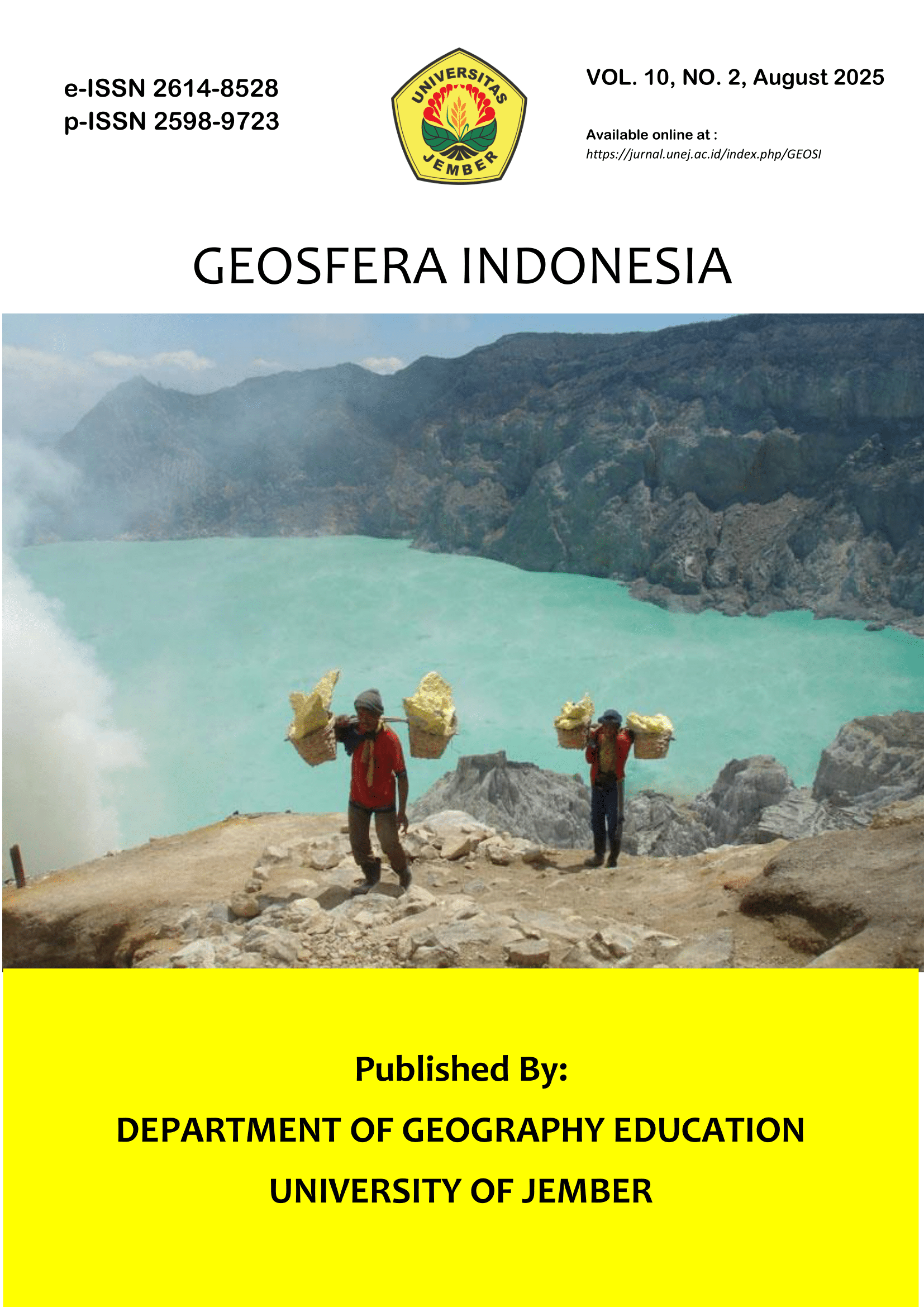Carbon Sequestration Strategies: Evaluating the Potential of Reforestation and Soil Management
DOI:
https://doi.org/10.19184/geosi.v10i2.53701Keywords:
Carbon sequestration, Reforestation, Soil management, Climate Change Mitigation, Soil Organic Carbon, Biodiversity conservationAbstract
The increasing awareness of atmospheric carbon dioxide is the first driver of weather exchange, prompting pressing global efforts to identify effective carbon sequestration strategies. Among these, reforestation and soil management have emerged as promising natural solutions. This study evaluates the capability of these strategies in taking pictures and storing atmospheric carbon sustainably. Reforestation, through the healing of wooded area ecosystems, enhances biomass accumulation and long-term carbon storage, at the same time as advanced soil management practices, which include conservation tillage, biochar application, cover cropping, and growth of soil organic carbon levels. This study severely analyses the carbon sequestration capacity, price-effectiveness, and co-benefits, which include biodiversity conservation and soil fitness development related to every technique. It also addresses the challenges, together with land availability, maintenance prices, and socio-monetary elements influencing large-scale implementation. By synthesizing current case studies and scientific facts, the paper provides a complete evaluation of how reforestation and soil control can contribute meaningfully to worldwide climate change mitigation techniques.
Downloads
Published
How to Cite
Issue
Section
License
Copyright (c) 2025 Geosfera Indonesia

This work is licensed under a Creative Commons Attribution-ShareAlike 4.0 International License.




